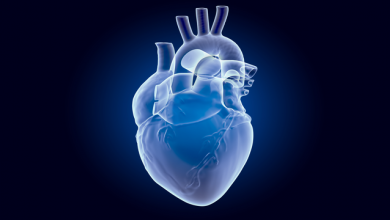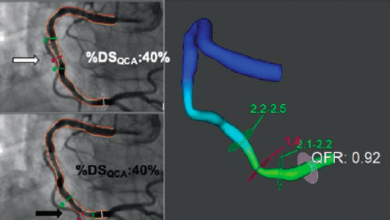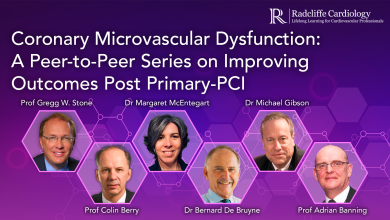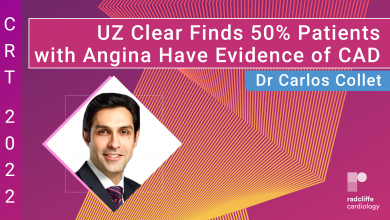Search results
PROMOTED
Author(s):
Nicolas M Van Mieghem
,
Kendra J Grubb
,
David Hildick-Smith
,
et al
Start date:
Mar 26, 2024
Author(s):
Samer Fawaz
,
Sarosh Khan
,
Rupert Simpson
,
et al
Added:
1 year ago
Author(s):
Roberto Scarsini
,
Dimitrios Terentes-Printzios
,
Giovanni Luigi De Maria
,
et al
Added:
3 years ago
Acute coronary syndromes (ACS) encompass a wide spectrum of clinical presentations that range from ST-elevation MI (STEMI) to non-ST-elevation MI and unstable angina. These conditions are life threatening and remain a source of high morbidity and mortality. Unfortunately, despite major accomplishments worldwide in timely reperfusion with percutaneous coronary intervention (PCI), an important…
View more
Author(s):
Luigi Di Serafino
,
Fabio Magliulo
,
Giovanni Esposito
Added:
2 years ago
Coronary Microvascular Dysfunction
Video Series
Author(s):
Carlos Collet
Added:
2 years ago
In this video, Dr Carlos Collet (Cardiovascular Center OLV-Aalst, Aalst, BE) outlines the findings of the UZ Clear study, originally presented at CRT 2022. The UZ Clear study was designed to analyse the diagnostic performance of non-invasive cardiac stress tests to detect coronary artery disease (CAD) in patients. Dr Collet reveals that around half the patients presenting with chest pain had…
View more
Cardioprotected Percutaneous Coronary Intervention - A Case Study in a Stable Angina Patient
Author(s):
Tim P van de Hoef
,
Werner Mohl
,
Ahmed A Khattab
,
et al
Added:
3 years ago
Article
‘Primary’ Microvascular Angina
Author(s):
Gaetano Antonio Lanza
,
Juan Carlos Kaski
Added:
3 years ago
Article
Author(s):
Jean-Pierre Bassand
Added:
3 years ago
Anticoagulants and antiplatelet therapies, and revascularisation/ reperfusion with percutaneous coronary interventions (PCIs) or surgery are the mainstay of modern treatment of acute coronary syndromes (ACS) with and without ST-segment elevation. In addition, depending on the clinical presentation, thrombolytic therapy may be necessary in patients with ST-elevation myocardial infarction (MI) who…
View more
Author(s):
Tom Ford
,
Colin Berry
Added:
3 years ago
Ischaemic heart disease persists as the leading global cause of death and lost life years in adults.1 Angina is a common clinical presentation of ischaemic heart disease related to a supply:demand mismatch of myocardial blood flow, typically provoked by exertion or stress. Invasive coronary angiography is the reference test for angina and identifies obstructive coronary artery disease (CAD) as a…
View more

















